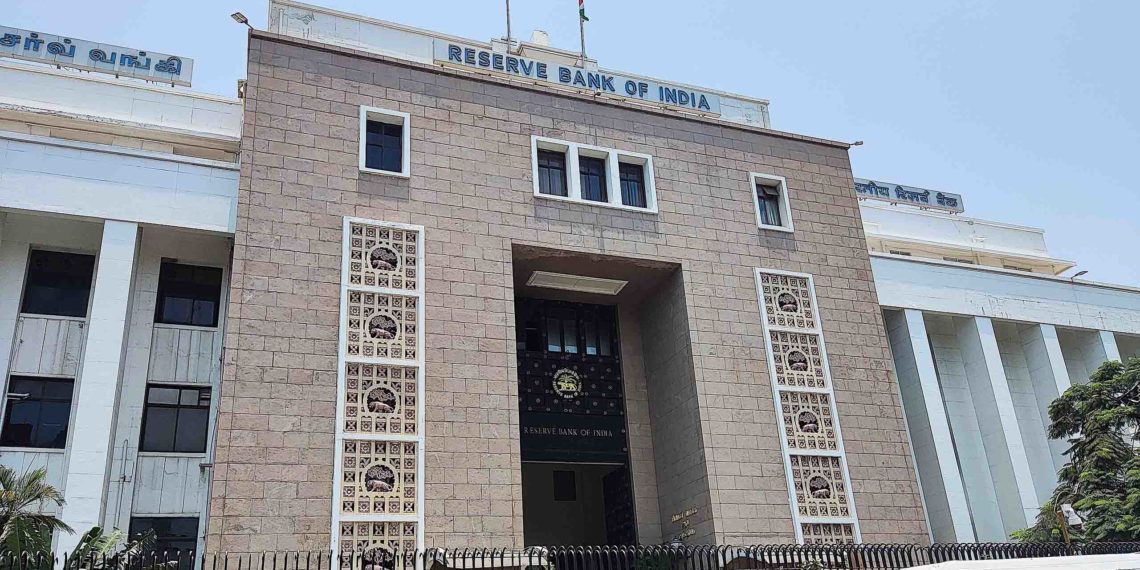In its report, the Reserve Bank of India (RBI) revealed that the total penalty amount imposed on banks more than doubled in the financial year 2023-24, primarily driven by public and private sector banks. In contrast, while co-operative banks saw a significant increase in the number of penalty instances, the total penalty amount imposed on them declined.
Public and private sector banks faced 28 penalty instances in 2023-24, with a cumulative penalty amount of Rs 48.6 crore. This marks a substantial rise from the previous year, which recorded only 14 penalty instances amounting to Rs 15.8 crore.
The sharp increase underscores stricter regulatory enforcement for these banks, likely reflecting their larger scale of operations and higher exposure to compliance risks.
On the other hand, co-operative banks experienced a 22% rise in penalty instances, with 215 cases in 2023-24 compared to 176 in 2022-23. However, despite this uptick in regulatory scrutiny, the total penalty amount for co-operative banks decreased by 13.8%, falling from Rs 14 crore in the previous year to Rs 12.1 crore.
This suggests a more lenient monetary approach toward co-operative banks, possibly due to their smaller scale and localized operations.
The increase in penalty imposition instances for co-operative banks highlights intensified oversight and regulatory actions in this sector. However, the reduction in penalty amounts indicates a balancing act by regulators to enforce compliance without overly burdening these smaller financial institutions.
In addition to the penalties, the Deposit Insurance and Credit Guarantee Corporation (DICGC) settled claims totaling Rs 1,432 crore during the same period. These claims were primarily linked to co-operative banks that were either placed under liquidation or subjected to all-inclusive directions (AID), reflecting ongoing challenges in this sector.
The report highlights the growing regulatory focus across banking sectors, signaling the need for enhanced compliance mechanisms, particularly for co-operative banks, to adapt to evolving financial regulations.
This dual trend of increased scrutiny but differentiated penalty treatment underscores the RBI’s targeted approach in ensuring financial stability across diverse banking institutions.





















































